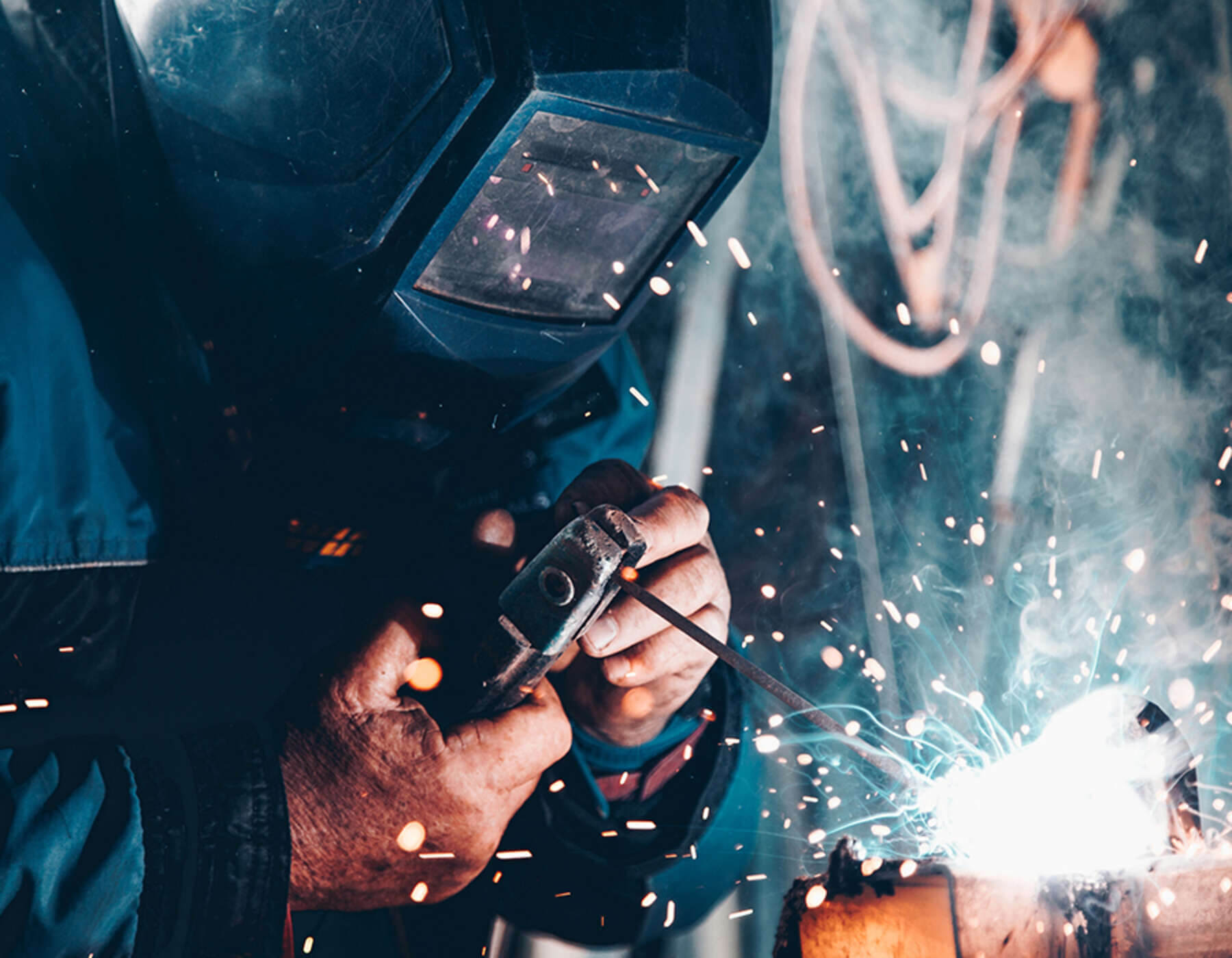
Prototyping can be a huge helping hand when trying to achieve the perfect product, test ideas and innovations, and tweak existing products to achieve something better.
It is a way that allows fabricators like ourselves to refine designs before we enter into full-scale production, saving our customers time and money while creating a high-quality product that you can rely on.
However, prototyping is not without its challenges, and in this post, we look at some common mistakes that can occur that slow down the fabrication process and how you can avoid them.
To find out more about our full range of fabrication services and sheet metal services, visit our page or contact us directly at 0191 8162718.
Avoiding prototyping errors
Prototyping is about testing ideas and providing you with a clear visual representation of your product.
It allows you to see what works and what areas of the design need tweaking and changing slightly.
Prototyping is also incredibly important to help avoid inefficiencies in fabrication, so it can play a vital role. Validating your designs to ensure high-quality products, prototyping is a way that allows you to create new and better products cost-effectively.
Prototype errors & solutions
Some of the most common prototype pitfalls the team at Morfab has come across include:
Not having a clear goal
Having a goal for a project seems like an obvious step. However, it is not always a considered initial step when it comes to prototyping.
Having a goal in mind provides you with the reason why. Why do you want/need a prototype? What are you looking to achieve? What is the final product, and how will this help the process?
Think about your timescales, what areas you want to specifically examine during the prototyping phase, and more.
Ultimately, having a clear goal and purpose in mind stops you from veering off course, which can cost you more money.
Seeing prototypes as a waste of time
Prototypes don’t slow you down. In fact, they can make your production run faster in the long run as you have ironed out any challenges and design flaws at this initial stage.
Prototypes can also provide you with confidence that your idea works and your investment is safe.
Solution: Build prototyping into your timescales and think long-term planning.
Prototyping before the design is complete
Jumping straight into prototyping before you have finished the design can be disastrous. Not only will you be manufacturing blind, but there is also more chance for errors to happen.
You need to have a clear picture of the product, dimensions, specifications, and material choices (even if you want to test a couple, list them). Using robust and detailed CAD designs to help support you in the build.
No testing
Prototypes should be as close to the finished product as possible. This means they should go through quality control checks and, most importantly, testing processes to check usability and if the product meets the requirements.
Think about your user experience and the end product.
Not asking for feedback
Not everyone likes to hear other people’s opinions. We get it. However, at the prototyping fabrication steel stage, this can be essential.
Asking different people and tapping into others’ expertise throughout the process can only benefit you and the product you are creating.
Incorporating feedback and making changes at this stage is much more cost-effective than waiting until full production.
Over prototyping
You might think you need to perfect it, but trust us, prototyping mistakes & fixes are the beginning of a much more detailed fabrication process.
Don’t spend too much time and money tweaking a prototype when changes can be made to the product at the production stage. Remember, this is a test so that you can iron out the finer details, but you don’t necessarily have to keep creating prototypes.
Not working with professional steel fabricators near me
Working with a professional fabrication team allows you to tap into their expertise and experience. You can gather their opinion on the best materials, fabrication techniques, and best use of technology and resources.
You can find out and learn about further opportunities that could potentially enhance your prototype and end product further.
Building strong relationships with your chosen fabricator can help give you peace of mind that your design initiative is in good hands and capable of handling the task.
Steel fabrication near me
Prototyping can be an expensive and time-consuming step in the fabrication process, so it is always recommended that you work with a professional team who can help you at every stage.
Our advice…
Don’t be too precious about your prototype. Take on feedback, make changes, listen to the experts, and look to create prototypes that explain your ideas and help to bring your ideas to life.
When it comes to avoiding prototype failures:
- Have a clear purpose/goal
- Detailed CAD design
- Build prototyping issues & fixes into your timescales and planning
- Carry out testing and quality assurance
- Listen to feedback/ask questions
- Work with a professional team.
A team like Morfab.
Call us on 0191 816 2718 or email your project specifications to info@morfabrication.com, and a member of the Morfab team will be in touch.
